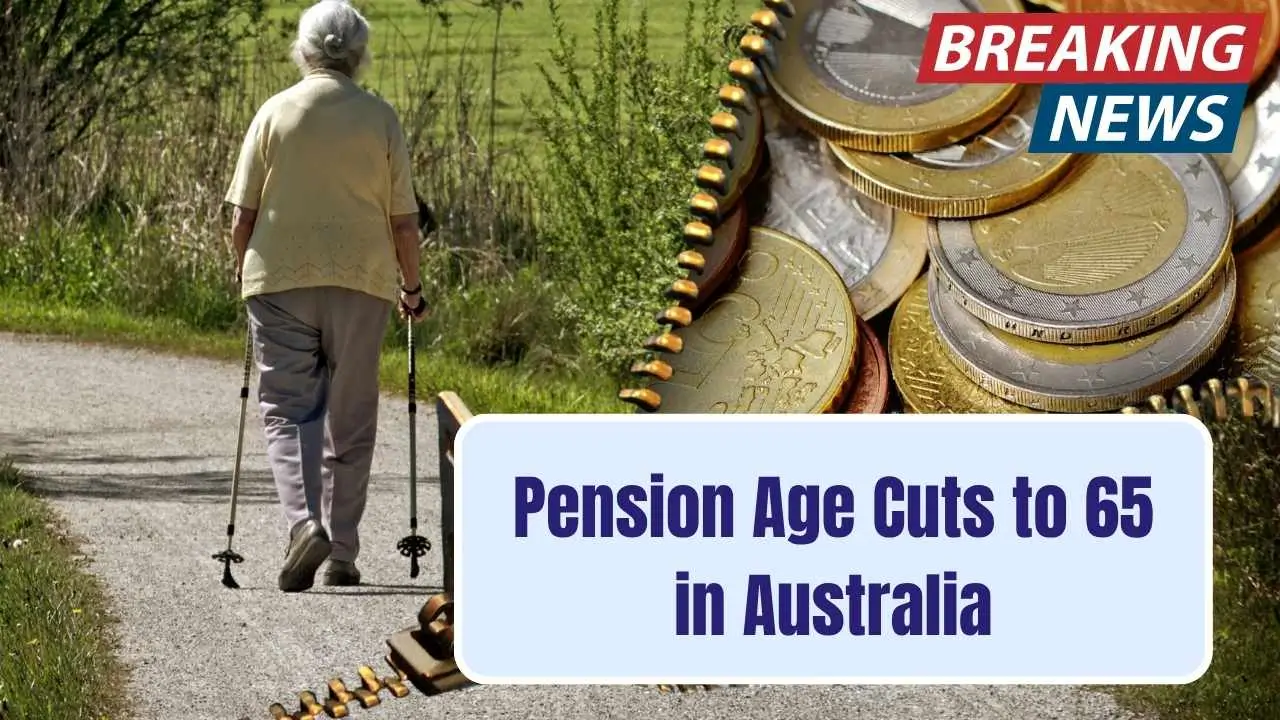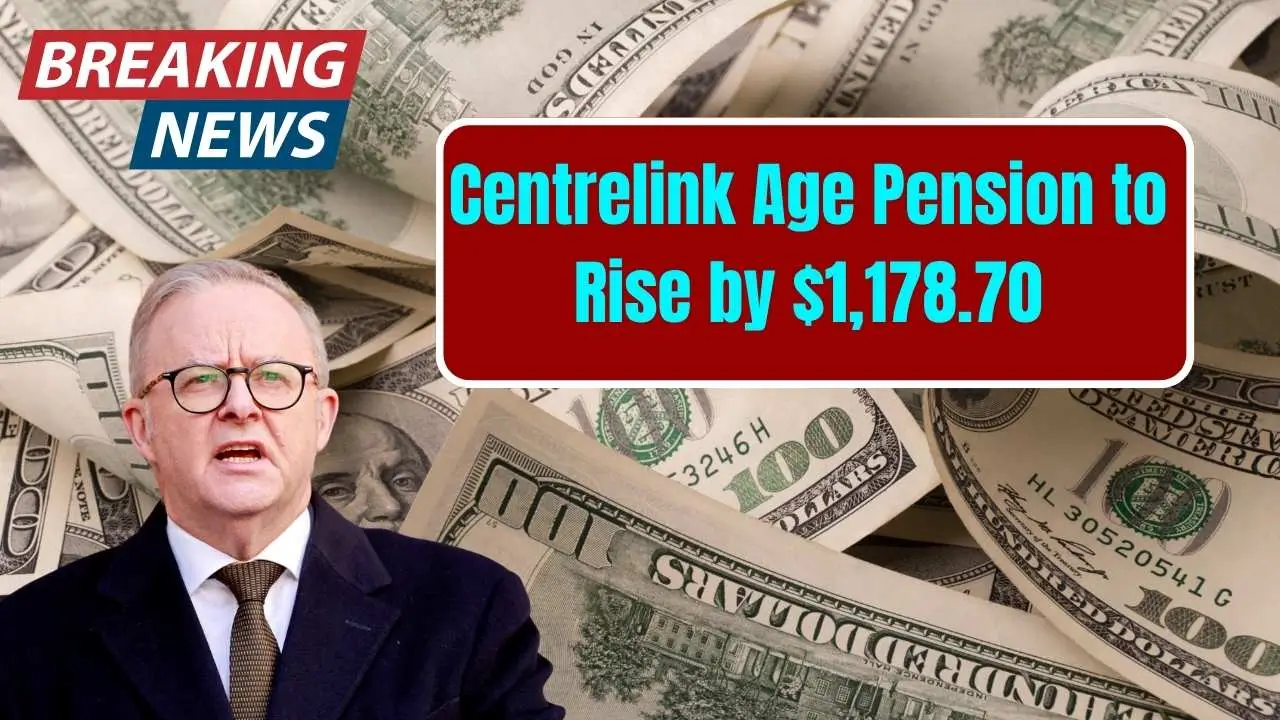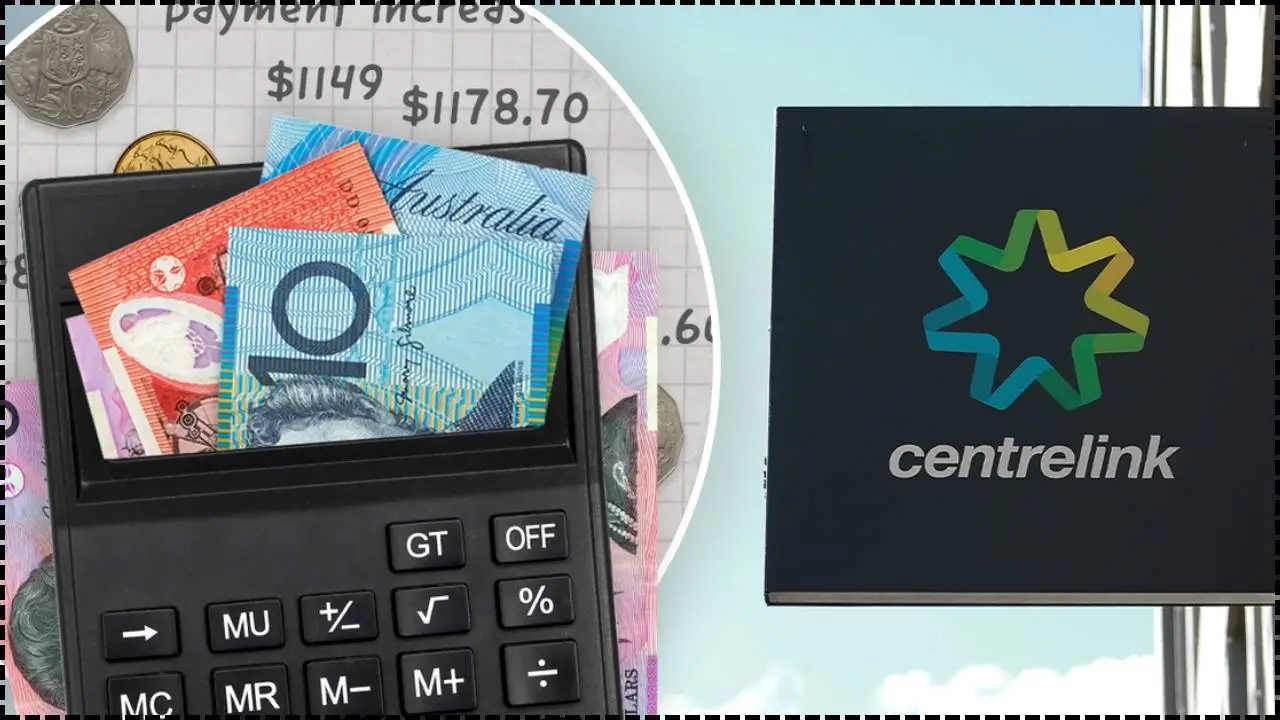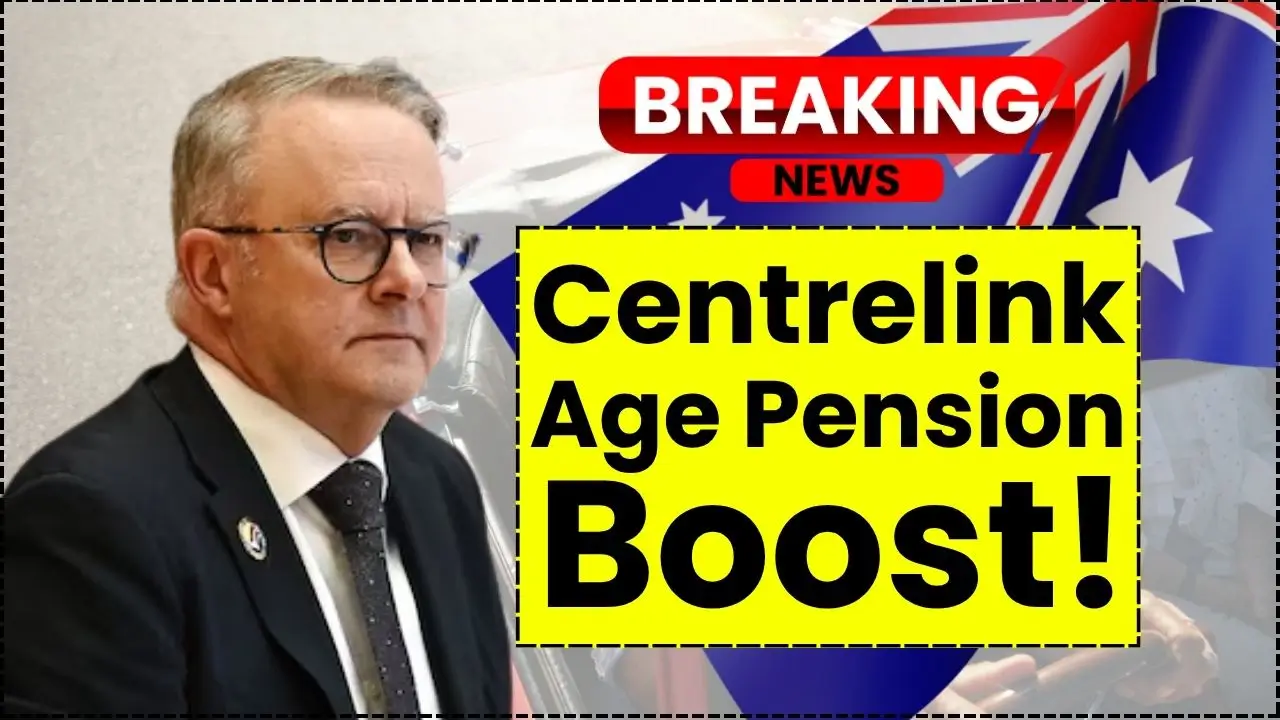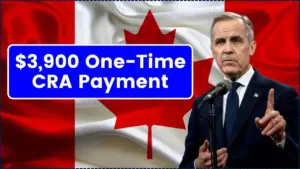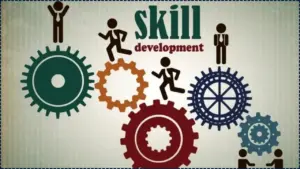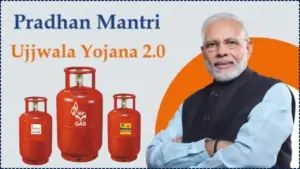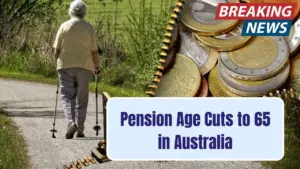There’s been a wave of interest around a $3000 Centrelink payment just announced, and for good reason: people want to know if there’s real money on the table, who qualifies, and how to claim quickly without missing out. $3000 Centrelink Payment Just Announced is trending because many retirees and near-retirees are hearing about new eligibility settings that can unlock significant annual savings, and they want a clear, no-nonsense guide that cuts through hype and confusion. In plain terms, what’s new is designed to ease living costs for older Australians and make claiming simpler and faster.

This is the part most people care about: what exactly is the $3000 Centrelink Payment Just Announced, how does it work, and what does it mean in practice? In everyday language, it refers to a policy change that broadens eligibility for key concessions that can add up to around three thousand dollars in yearly savings for many households, rather than a single lump sum landing on a set date. Think cheaper medicines, wider concessions, and cost-of-living relief that kicks in as soon as eligibility is confirmed. The result is meaningful relief that shows up across bills and healthcare costs, which is why it’s become such a hot topic.
$3000 Centrelink Payment
| Section | Key points |
|---|---|
| What changed | Broader eligibility settings for older Australians, unlocking significant annual savings via concessions and cheaper services. |
| Who qualifies | Australians at or above pension age who meet residence and income rules, especially those not already on an income-support payment. |
| Kind of benefit | Ongoing savings and concessions that can total around $3,000 a year for many households, depending on usage and location. |
| How to claim | Apply online via a linked government account, supply ID and income documents, and track the application status digitally. |
| Timing | Relief begins once eligibility is confirmed; there’s no universal “deposit date” because savings apply at the point of use. |
What’s Actually Been Announced
The change focuses on expanding access for seniors who previously missed out due to income settings and technical rules that pushed them over the line. Instead of a one-off windfall, the benefit shows up as ongoing savings on medicines and bills through recognized concession pathways.
Who Qualifies
- Must be at least pension age and meet residence requirements.
- Not receiving certain income-support payments, with eligibility assessed primarily via income rules rather than assets.
How to Claim $3000 Centrelink Payment
- Set up or link a government services account, then choose the concession and health card pathway.
- Provide identity documents, recent income details, and information about any retirement income streams to support the assessment.
How the $3,000 Figure Stacks Up
- The headline number comes from the combined effect of cheaper medicines and state or local concessions that many seniors use regularly.
- Real-world savings vary by state, household, and healthcare needs, but the total can be significant across a full year.
Timing, Payments, and What to Expect
There isn’t a single, universal “drop date” for $3,000 because the value accumulates through reduced costs when paying for services. Once approved, cardholder status is recognized quickly by pharmacies and agencies, and concessions start applying on the spot.
How to Avoid Misinformation
- Be wary of posts promising automatic cash drops without an application or verification step.
- Always use official portals and check the correct card or payment page before entering personal details.
Who Qualifies and How to Claim $3000 Centrelink Payment
- For those evaluating eligibility, focus on pension age, residence, and income rules rather than assets; prepare documents before applying.
- For those ready to claim, go straight to the online pathway, complete identity checks, and submit income evidence for faster processing.
Practical Steps to Get Approved Sooner
- Gather proof of identity, recent tax or income records, and details of any account-based pensions ahead of starting the form.
- Double-check name/address consistency across documents to avoid verification delays.
Common Mistakes to Avoid
- Assuming assets alone rule out eligibility; the key test here is income, not assets.
- Waiting for a “deposit date” instead of applying—concessions begin only after approval.
Regional and Household Differences
Each state and local authority sets additional concessions, so households in different locations may see different totals. Couples and high medicine users often see higher savings, especially where transport or utilities concessions are generous. $3,000 Centrelink Payment Just Announced is a headline for real, practical relief that arrives through concessions and cheaper medicines, not a single payday. If age and income fit, apply online, get approved, and let the savings show up where they matter—across the year, in everyday costs.
Retired in Australia? Driving Law Changes for 60+ Could Affect You – Full Details
FAQs on $3000 Centrelink Payment
Is the $3,000 Centrelink Payment Just Announced a lump-sum cash deposit?
No, it’s best understood as potential annual savings through approved concessions and cheaper medicines, not a one-time transfer.
Who gets the most value from the change?
Self-funded retirees at or above pension age who previously missed out due to income settings often see the biggest gains once approved.
How long does a typical claim take?
Online claims can be quick if identity and income information is complete and consistent; missing documents tend to cause delays.
Do assets matter here?
Eligibility is driven primarily by income rules; there is no standard assets test for this card, though deeming can apply to income streams.

